Whether your flat roof is showing signs of wear and tear, or you’re simply looking to upgrade and enhance its durability, this comprehensive guide has got you covered.
From understanding the different types of flat roof repair materials to discovering the most effective repair options, we leave no stone unturned in providing you with the knowledge you need to make informed decisions.
Are you facing issues with your flat roof’s edges? No problem! We’ll guide you through flat roof edge repair techniques, ensuring a seamless and watertight finish. We’ll also dive into flat roof repair patches, exploring the best practices for applying them effectively, and discuss the factors that influence flat roof repair prices, so you can budget accordingly.
Furthermore, we’ll address the question of flat roof felt replacement cost, shedding light on the expenses involved and helping you assess the feasibility of this crucial component in your replacement project.
What is a Flat Roof?
A flat roof is a type of roof characterized by its minimal slope or pitch. Unlike traditional sloped roofs, which have a noticeable incline, flat roofs have a nearly level surface. However, it is important to note that flat roofs are not entirely flat, as they typically have a slight slope or “pitch” to facilitate water drainage.
Flat roofs are commonly found in commercial buildings, residential structures, and modern architectural designs. They offer several advantages, including cost-effectiveness, ease of installation, and the ability to create additional usable space on top of the roof.
Identifying Common Issues with Flat Roofs- Why do They Need Replacement ?
1. Persistent leaks
If you notice frequent leaks or water infiltration in your building, it could be a sign of underlying issues with your flat roof. Leaks may occur due to aging materials, membrane deterioration, or poor installation.
2. Ponding Water
Flat roofs are prone to water pooling, especially if the drainage system is inadequate or damaged. Prolonged standing water can lead to roof membrane deterioration, structural damage, and potential leaks.
3. Blistering and Cracking
Over time, flat roofs may develop blisters or cracks in the roofing materials. These can be caused by temperature fluctuations, moisture buildup, or aging of the roof surface. Such damage compromises the integrity of the roof and requires attention.
4. Visible Wear and Tear
Inspect your flat roof regularly for signs of wear and tear, including loose or damaged roofing materials, exposed seams, or deteriorating flashing.
These issues can allow water to penetrate the roof and cause further damage.
5. Mold or Mildew Growth
Excessive moisture trapped within a flat roof system can promote the growth of mold or mildew.
If you notice any signs of mold, mildew, or musty odors inside your building, it may indicate a moisture problem stemming from your flat roof.
Understanding when Repair is No Longer Sufficient
1. Multiple or Extensive Leaks
If your flat roof is experiencing multiple leaks in different areas or if the leaks are widespread and significant, it may be an indication that repairs won’t be effective in solving the underlying issues.
In such cases, a complete roof replacement may be necessary to ensure long-term protection.
2. Advanced Age of the Roof
Flat roofs have a limited lifespan, typically ranging from 10 to 25 years, depending on the materials used.
If your roof is nearing or has exceeded its expected lifespan and is showing signs of deterioration, it may be more cost-effective to opt for a replacement rather than frequent repairs.
3. Structural Damage
If the flat roof has experienced significant structural damage, such as sagging, rotting, or compromised supports, repairs alone may not be sufficient to restore its integrity.
In such cases, a replacement becomes essential to ensure the safety and stability of the entire building.
4. Inefficient Energy Performance
Older flat roofs may lack proper insulation and energy-efficient features, leading to increased energy consumption and higher utility bills.
If you’re looking to improve energy efficiency and reduce heating or cooling costs, a roof replacement with modern, energy-saving materials may be a wise investment.
Factors to Consider When Selecting the Appropriate Material
1. Climate
Consider the local climate conditions, including temperature extremes, UV exposure, and potential weather hazards. Choose a material that can withstand the specific climate challenges of your region.
2. Longevity
Evaluate the expected lifespan of the materials and weigh it against your long-term roofing goals. Determine whether a longer lifespan is worth the potentially higher initial cost.
3. Energy Efficiency
If energy efficiency is a priority, select a material that offers high reflectivity and insulation properties. Look for ENERGY STAR-rated options or materials with cool roof certifications.
4. Budget
Assess your budget for the repair project and consider the upfront costs, maintenance requirements, and potential energy savings over the lifespan of the roof.
5. Installation and Maintenance
Some materials may require specialized installation techniques or regular maintenance to ensure optimal performance.
Factor in the installation complexity and ongoing maintenance requirements when making your decision.
6. Contractor expertise
Ensure that the roofing contractor you hire has experience and expertise in installing and repairing the chosen material. Their knowledge and skill with the specific material can greatly impact the quality and longevity of the repair.
By carefully considering these factors, you can choose the flat roof repair material that best aligns with your needs, budget, and long-term goals for your roof.
Calculating the Cost of Replacing Flat Roof – Get An Estimate
Calculating the cost of replacing a flat roof involves considering several factors. Here’s a breakdown of the key elements to consider when estimating the cost of flat roof replacement:
1. Roof Size
Measure the area of your flat roof in square feet. This measurement will be used as the basis for material calculations and labor estimates. Ensure you consider all roof sections, including any extensions or additional structures.
2. Material Costs
Research the prices of the desired flat roof materials (e.g., EPDM, TPO, PVC) based on the square footage of your roof. Contact local suppliers or check online sources to obtain accurate pricing information.
3. Removal and Disposal
If your existing roof needs to be removed before the replacement, include the costs of labor, tools, and disposal fees for the old roofing materials.
The complexity and size of the existing roof will influence this cost.
4. Labor Costs
Labor costs can vary depending on your location, the roofing contractor’s expertise, and the complexity of the project.
Obtain multiple quotes from reputable contractors to compare labor estimates. Remember that quality workmanship is crucial for long-lasting results.
5. Additional Components
Consider any additional components required for the flat roof replacement, such as insulation, adhesives, flashing, fasteners, or edging materials.
These supplementary items contribute to the overall cost and ensure a complete and durable installation.
6. Permits and Inspections
Check with your local authorities regarding permit requirements and associated fees for the roof replacement project.
Some areas may also require inspections during or after the installation, which may have associated costs.
7. Contingency Budget
It’s prudent to allocate a contingency budget of around 10% of the total estimated cost to account for unforeseen circumstances or unexpected expenses that may arise during the project.
Conclusion
In conclusion, understanding the process of flat roof replacement is essential for homeowners and building owners who want to ensure the longevity and integrity of their properties.
This comprehensive guide has covered various aspects of flat roof replacement, including identifying common issues, knowing when repair is insufficient, selecting the right repair materials, exploring repair options, addressing flat roof edge repair, understanding repair patches, and considering factors such as material costs and availability.
About Mr. Roofer- The Flat Roofing Experts
When it comes to flat roof replacement, it’s crucial to rely on professional expertise and quality service. That’s where Mr. Roofer comes in. With their extensive experience and reputation for excellence, Mr. Roofer is the trusted name in flat roof replacement.
Their team of skilled professionals understands the intricacies of flat roof repair and replacement and can guide you through the process from start to finish.
Mr. Roofer offers a wide range of flat roof repair materials, ensuring that you can choose the most suitable option for your specific needs. Whether it’s EPDM, TPO, PVC, or other materials, they provide top-quality products to ensure durability, weather resistance, and long-lasting performance.
Moreover, Mr. Roofer understands the importance of flat roof repair options, including edge repair and patching. Their expertise in these areas ensures that your flat roof is properly sealed, secure, and free from potential issues.
Additionally, if you’re concerned about the flat roof felt replacement cost, Mr. Roofer can provide transparent and accurate cost estimates based on the size and complexity of your roof, ensuring that you have a clear understanding of the expenses involved.
Don’t settle for less—choose Mr. Roofer for all your flat roof repair and replacement needs.
Permit requirements for flat roof replacement vary by location. It is advisable to check with your local building department to determine if a permit is required.
A reputable roofing contractor can also assist you in understanding and obtaining the necessary permits for your project
In some cases, it is possible to install a new flat roof over an existing one, which is known as a “roof overlay” or “recovery.”
However, this approach depends on the condition of the existing roof, local building codes, and the recommendation of a roofing professional.
It is important to assess the structural integrity and potential issues before deciding on an overlay.
The cost of a flat roof replacement depends on factors such as the size of the roof, the chosen materials, labor costs, removal of the existing roof, additional components, and location.
It is recommended to obtain quotes from reputable roofing contractors to get accurate cost estimates for your specific project.
Common materials used for flat roof replacement include EPDM (Ethylene Propylene Diene Monomer), TPO (Thermoplastic Olefin), PVC (Polyvinyl Chloride), and built-up roofing (BUR).
Each material has its own advantages and considerations, such as durability, cost, and energy efficiency.
Signs that may indicate the need for a flat roof replacement include frequent leaks, extensive damage, significant age, and structural issues.
Consulting with a professional roofing contractor is recommended to assess the condition of your roof and determine whether repair or replacement is the best course of action.
The lifespan of a flat roof can vary depending on the materials used and the quality of installation. On average, flat roofs may need replacement every 20 to 30 years.
However, regular inspections and maintenance can help extend the life of a flat roof.
The duration of a flat roof replacement can vary depending on factors such as the size of the roof, the complexity of the project, weather conditions, and the availability of materials.
Generally, it can take anywhere from a few days to a couple of weeks to complete a flat roof replacement.

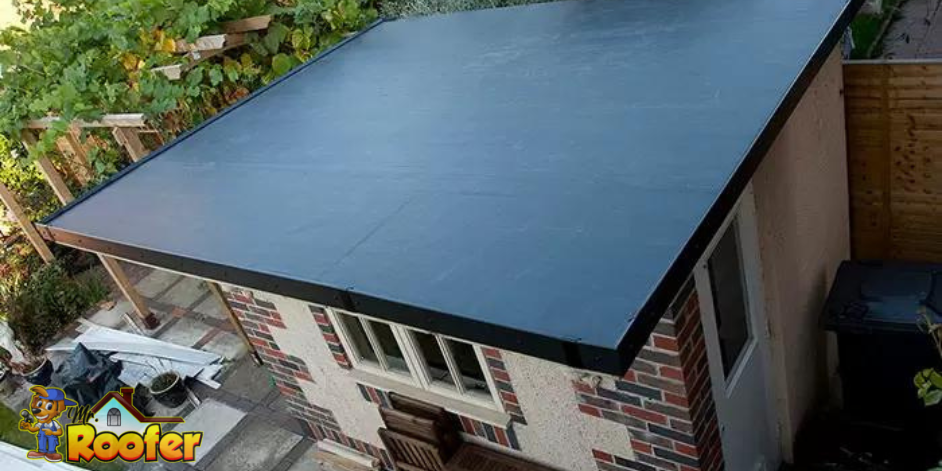

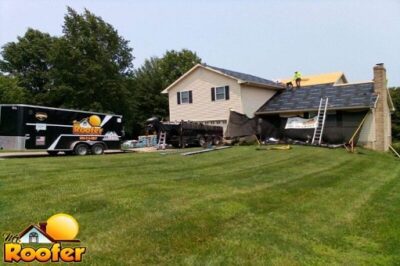
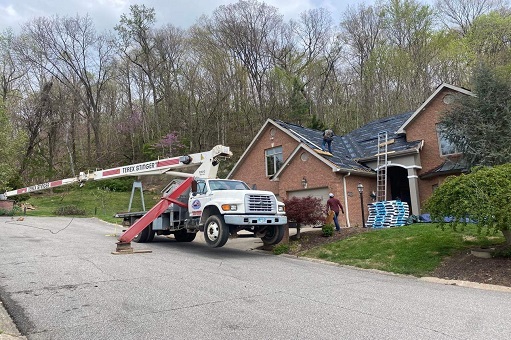
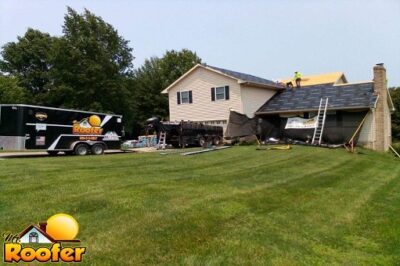
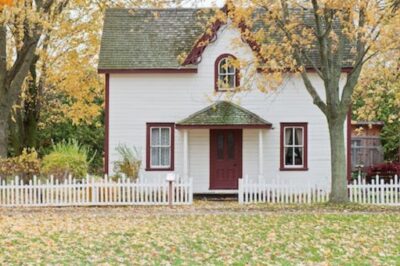
0 Comments